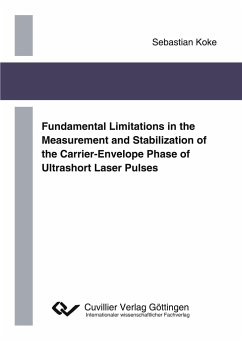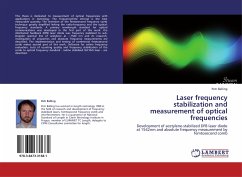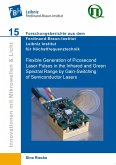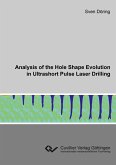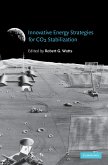The stabilization of the carrier-envelope phase of ultrashort laser pulses went through a rapid development from the first publication of a feasible concept in 1999 to being a mature tool for frequency metrology and attosecond science now. Using this technique, stabilization of the timing between the carrier wave and the envelope of a laser pulse with residual jitters of only 100 attoseconds has become possible. Naturally, the questions arises whether and how this can be further improved. The current work is devoted to determining the physical mechanisms which generate jitter in carrier-envelope phase stabilization. Furthermore, it is investigated whether there is a fundamental limitation to the achievable accuracy. To this end, two methods for removal of technical noise contributions are initially discussed. Different interferometer topologies are investigated and spurious interferometer noise is reduced by more than 40% using a commonpath layout. A novel two-detector based carrier-envelope phase retrieval technique for amplified laser pulses is demonstrated enabling the circumvention of the shot-noise constraint of the conventional extraction method to the maximum extent possible. Next, a novel feed-forward stabilization concept is developed that enables carrier-envelope phase stabilizations with only 20 attosecond residual timing jitter between carrier and envelope of the laser pulse. This feed-forward method is unconditionally stable against drop-out and permits the generation of a train of pulses with identical electric field structure with no additional measures. As the feed-forward concept widely avoids the technical noise sources of the conventional feedback stabilization, the resulting noise spectra exhibit only two unavoidable residual noise mechanisms: a highfrequency white noise floor stemming from shot noise in the carrier-envelope phase detection and a drift-like contribution with 1/f noise characteristics. Finally, the drift-like residual noise mechanism is found to induce phase noise below the level expected for the conversion of pump laser shot noise into carrier-envelope phase jitter. A feedback based squeezing, a photon-number squeezing process and a quantum non-demolition like conversion are discussed as possible explanations for this striking finding. It is shown that either the feedback squeezing or the quantum non-demolition process is the probable origin for the observed sub-shot-noise signatures of the carrier-envelope phase jitter.

